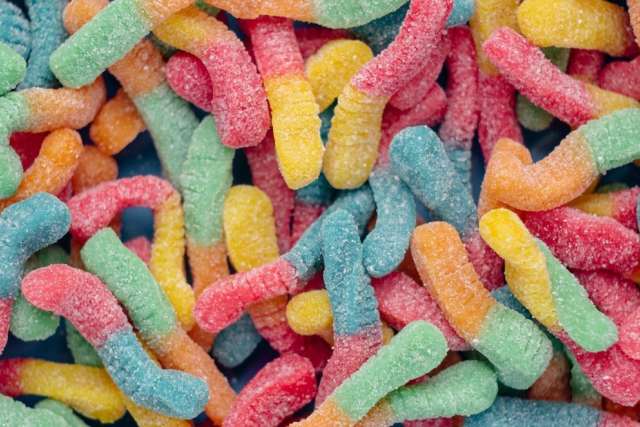Dear Doctors: Why is ditching junk food so hard? I know I should have an apple instead of a doughnut, but when I crave a snack, I don’t reach for the fruit bowl. Making and then breaking the promise to eat healthy makes me feel like a failure. How can a junk food addict like me get back on track?
Dear Reader: In framing your question, you used two revealing words -- “crave” and “addict.” And based on what is now known about ultraprocessed foods, that’s no accident.
We humans are hardwired to seek fat, carbohydrates and salt, which are crucial to survival. In naturally occurring foods, these nutrients are present in optimal forms, ratios and quantities. But the snack, fast and convenience foods that have hijacked the modern palate are flavor bombs. Packed with fat, sugar and salt in amounts not seen in nature, they are specifically engineered to target the reward centers of our brains. That’s a big part of why we find these types of foods so irresistible.
There’s an ongoing back-and-forth about whether or not junk food is actually addictive. What’s not up for discussion, though, is that too much highly processed food in the daily diet is damaging to both short- and long-term health. As we’ve discussed here before, that includes weight gain, obesity, poor blood sugar control, an increased risk of Type 2 diabetes, high blood pressure, cardiovascular disease and increased risk of certain cancers. And to top it off, ultraprocessed foods contribute almost nothing to our basic nutritional needs.
Willpower plays a role in changing to a healthier diet, but you’ll also need to be strategic. It’s important to know how much salt, fat and sugar are added to your favorite foods. That means becoming a student of food labels and, quite likely, changing some of your buying habits. The FDA now requires all restaurants with more than 20 locations to provide nutritional information, so you can also do this when eating out.

When it comes to cheats and treats, we’re realists. The goal is to build eating habits you’ll stick with long-term. For those in good health, we believe that 80% being good about diet and 20% “cheat” is OK. For anyone with diabetes, hypertension or any kind of cardiac issues, it’s a maximum of 10% treat eating. But even in that cheat category, choose the whole-food versions of your favorite treats.
You’re making a big change in your life. Be realistic and know you’ll have good and bad days. Please be kind to yourself if you slip, and start anew with the next meal. Big changes like this take time, so be patient.
(Send your questions to [email protected], or write: Ask the Doctors, c/o UCLA Health Sciences Media Relations, 10960 Wilshire Blvd., Suite 1955, Los Angeles, CA, 90024. Owing to the volume of mail, personal replies cannot be provided.)





